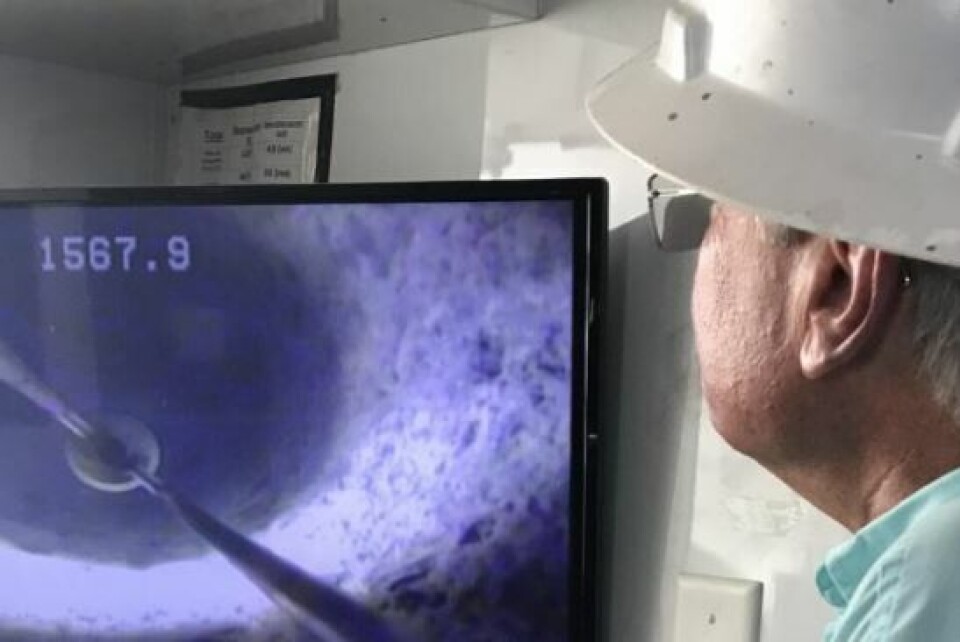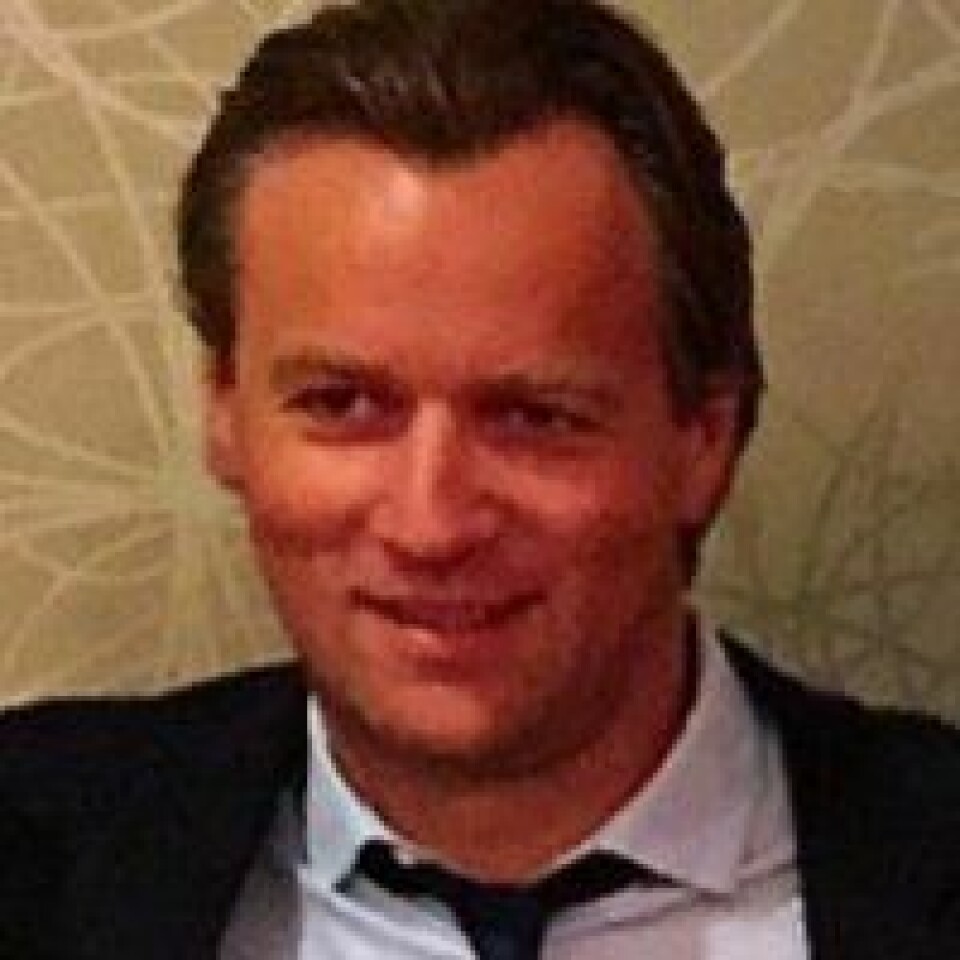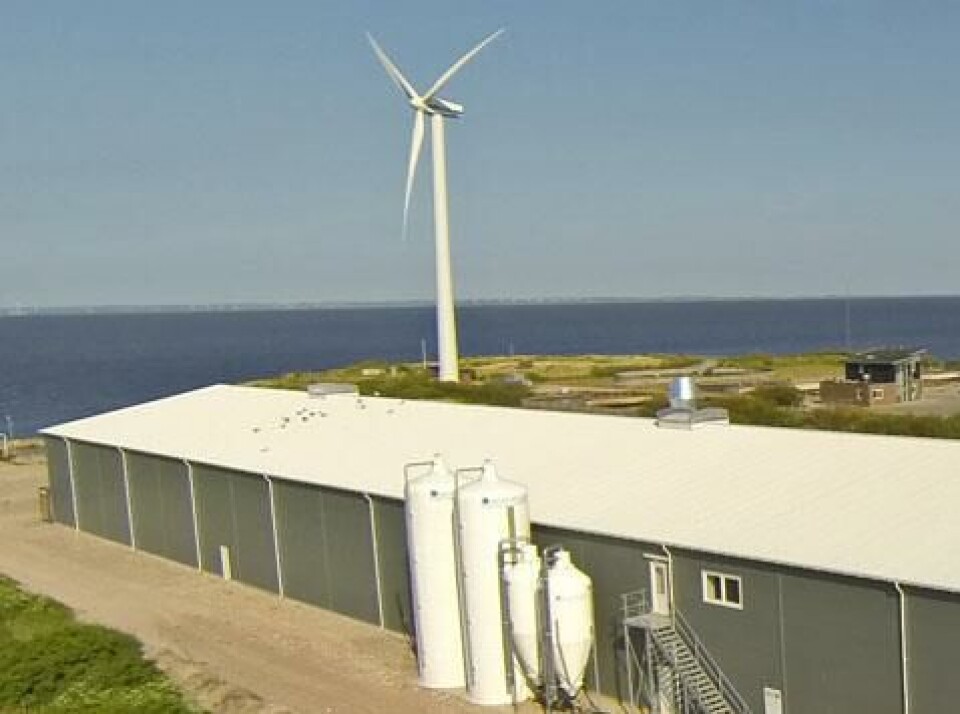
Atlantic Sapphire digs deep into past for water
Ambitious land-based fish farmer Atlantic Sapphire will draw Jurassic-age salt water from 2,000 ft below ground to supply a huge new RAS facility in Miami, Florida.
The company is spending $100 million on the first phase of the project, which is expected to produce 10,000 tonnes of salmon per annum, and up to 90,000 tonnes once the second and third phase - costing up to $40m - are complete.
Atlantic Sapphire this week released a photo of the MF-4 well that will tap into an artesian water source.

Founder and chief executive Johan Andreassen told fishfarmingexpert.com the site in Miami had been chosen because of the advantages of underground water.
Site selection took years
He said: "Our site selection work took several years. We actually evaluated sites in 14 different states before we closed on the site we have now. One of the key site selection criteria was the water source. A stable water source reduces the complexity in operating the facility.
"The main reason why we located in South Florida is that we have access to large amounts of saline groundwater. This water is located some 2,000 feet under the land surface and is from a confined aquifer that is under artesian pressure. The intake water is thus completely free for living organisms and oxygen so the risk of bringing diseases into the farm from our water intake is close to zero.
Stable temperature
"The water is also completely stable year round in temperature and other water parameters so that pre-treatment becomes much easier. If you are piping water from the ocean you have to deal with temperature changes, water quality changes, wild fish around the intake pipes, algae and other things that can cause problems for the operation. We have seen that in our Danish facility (Langsand Laks in Midjutland) first hand and even if it's doable, it's way more complicated."
You intend to produce 90,000 tonnes of salmon. Will you use a lot of water? And do you worry that using water from below the ground compromise Atlantic Sapphire's green credentials?
"We will be pumping a large amount of water producing such large quantities of salmon. However, we are just 'borrowing' the water. The water we are pulling up from the aquifers is being reinjected to the aquifers one we are done with it. This is a unique condition for South Florida where certain layers of the aquifer work as natural sand filters.
Very sustainable
"In our opinion this is a very sustainable way of farming fish as we are not using a water source that alternatively could be used for drinking water and we are not piping any effluents into the ocean. The entire life cycle of the salmon is happening inside a temperature controlled facility with no impact on wildlife.
"Note that Atlantic Sapphire has been endorsed with Seafood Watch – Best Choice rating. Furthermore we are also collapsing the use of airfreight to serve the US market with fresh fish. Airfreight of proteins is in our opinion not a sustainable path for the future as one is burning about a litre of fossil fuel to move one kilo of salmon."
Andreassen says the use of artesian water cannot be used as a model for a roll-out of RAS across the United States, a key export market for Scottish salmon.
Unique conditions
He said: "The conditions in South Florida are unique. We are not aware of any other areas in the USA that offer the opportunities around intake and outlet of water that we have in South Florida. Farms in other areas would have to use more 'conventional' methods with pipes going in and out from the sea. We foresee that we will expand in South Florida only for that reason. The logistics out of the area are well developed and the entire country can be served through trucking. Miami is the largest salmon hub in the USA."

In late June Langsand Laks lost 250 tonnes of fish – its entire grow-out stock – in under 24 hours after being hit by a “sudden and unexpected” mortality. Until then, Langsand Laks’ grow-out system had been running for two years with a low mortality of about 10 fish per day on a standing stock of approximately 225,00 to 250,000 fish.
Andreassen said at the time: “Disease outbreaks, algae outbreaks, parasites and toxins are common problems in farming. While land plants have obstacles to stop most of these problems, there is no absolute guarantee. Since inception, the company has been aware that Langsand Laks has only one growing facility, and is thus exposed if something happens.
“This explains why the best way to reduce these outbreaks is to build more independent systems in future designs. US phase one alone will have six independent, bio-secure growing facilities, which increases to 20 independent growth systems in phase 2.”























































